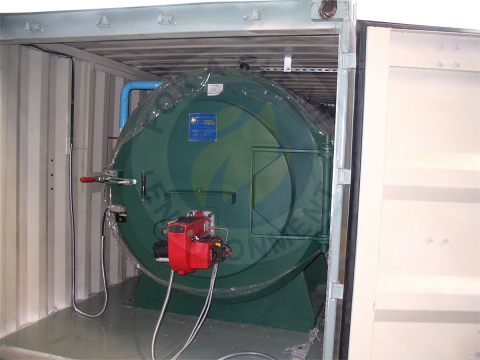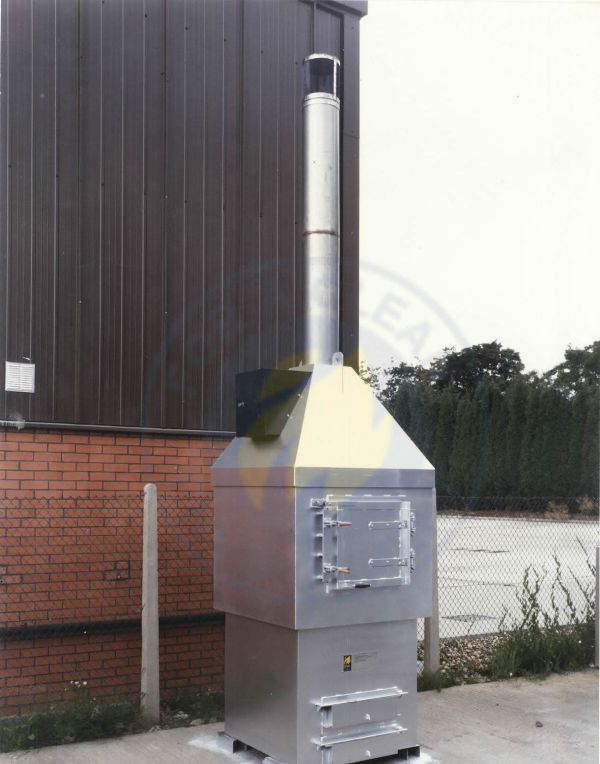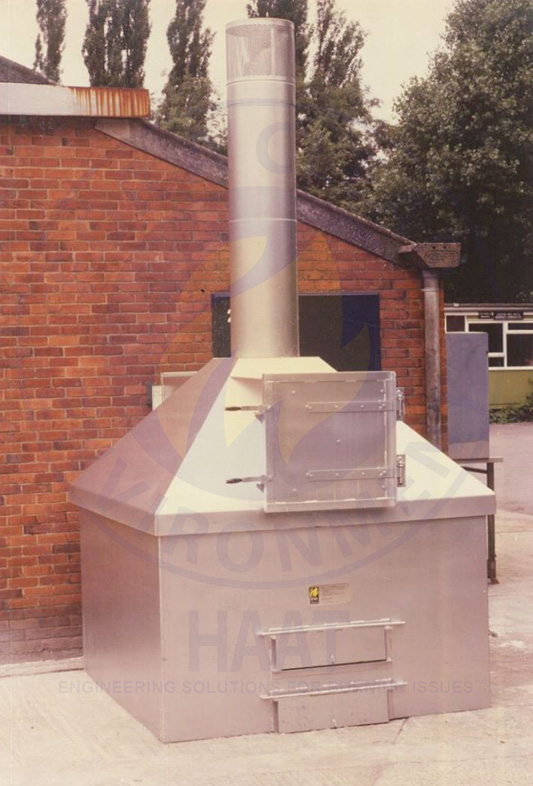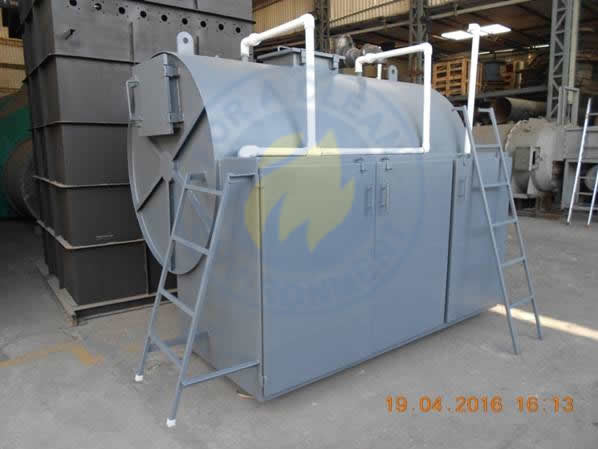Wastes generated in educational institutions and hostels can be large in quantity and it is often challenging to find disposal solutions. How...
Wastes generated in educational institutions and hostels can be large in quantity and it is often challenging to find disposal solutions. However, analysis of waste generation and composition is an important step in developing successful and effective planning of waste management services and strategies across colleges and university campuses.
On an average the solid waste generated per student works out to slightly under 500 grams per day and the types of solid wastes include:
paper
aluminium
glass
plastic
food waste
e-waste
clinical waste
sanitary napkins
Out of the above, the share of food waste accounts for nearly 50% (by weight) and on the lower end is the clinical waste accounting for less than 1%.
Everyday activities generate plenty of waste in different forms such as solid and liquid. These wastes can be broadly classified as bio-degradable and non-bio-degradable.
The bio-degradable wastes are:
paper
packing materials
cardboard, cotton
cloth waste
food waste, fruits waste
dry fruits waste, tree leaves, kitchen waste
sand, dust
Non-bio-degradable wastes:
plastic
bottles, glass, bulbs
sanitary napkins
wrappers
metal
expired medicines
electronic waste
cosmetic products
We apply the following method for the disposal of these wastes:
Recycling
Composting
Incineration
Paper, packing, cardboard, plastic, bottles, metal, electronic waste, etc. can be sent for recycling. All food waste, kitchen waste, fruits and dry fruits can be composted.
Wastes such as sanitary napkins, expired medicines, cosmetic products and cloth wastes can be sent for incineration.
Haat has supplied quite a number of free-burning trash destructors model LD/MD for the disposal of these wastes. Where the quantity of sanitary napkins is large, fuel assisted models such as GD/ADR are offered.
Haat has pledged itself to make the educational institutions not only a place for learning, but a safe place to stay.
“Incinerator is in our service since April 1997. The incinerator is working satisfactorily in accordance with the specifications” - Mr. R. Anbalagan, Manager (Process), Mitocon Biotec, Cuddalore.









